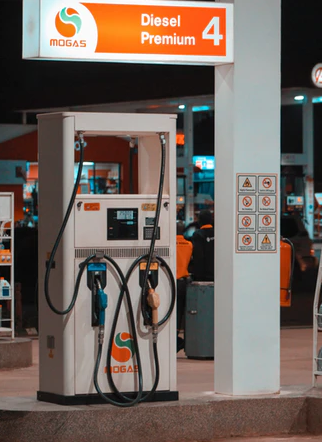After last year’s court decision punishing Korean manufacturers KIA and Hyundai for
overstating fuel economy data for some of their models, attention is growing on just
how such data is actually produced.

Some independent research published in Fleet News last April 24th claimed that 98% of cars could not actually match the official fuel consumption they claimed, with worst performer, a model by Mitsubishi—the Outlander PHEV, whose mpg was found to be overstated by as much as 120%.
These figures are obviously impacting the decisions of customers and companies when they come to purchasing vehicles, the same source quoted a survey carried out by RAC confirming that fuel economy was top priority when buying new vehicles for 44% of those interviewed.
According to another source, Emissions Analytics, an independent commercial test house, the average gap between the actual figures on fuel economy and the ones published officially, has grown to 24%, with the same source confirming it was up significantly from the figure of 16% recorded in 2012.
Emissions Analytics argues that fuel economy has improved a lot in the past with continuous research and evolution of technology but is not likely to increase dramatically in the near future and, probably, users will always have to pay for fuel bills that are apparently higher than expected.
Even the current procedure for testing fuel economy used in the EU—the NEDC (New European Driving Cycle)—has been criticised, as it could be exploited by car manufacturers in order to understate fuel consumption data, and seen as out-dated; unable to provide real-life driving data. A new test protocol is instead being trialled, known as WLTP (Worldwide harmonized Light vehicles Test Procedures): its final version is expected for next October and its implementation for 2017.



